35 Vs 40 Vs 45g Driver Shaft – Whats The Best For Slower Swing Speeds
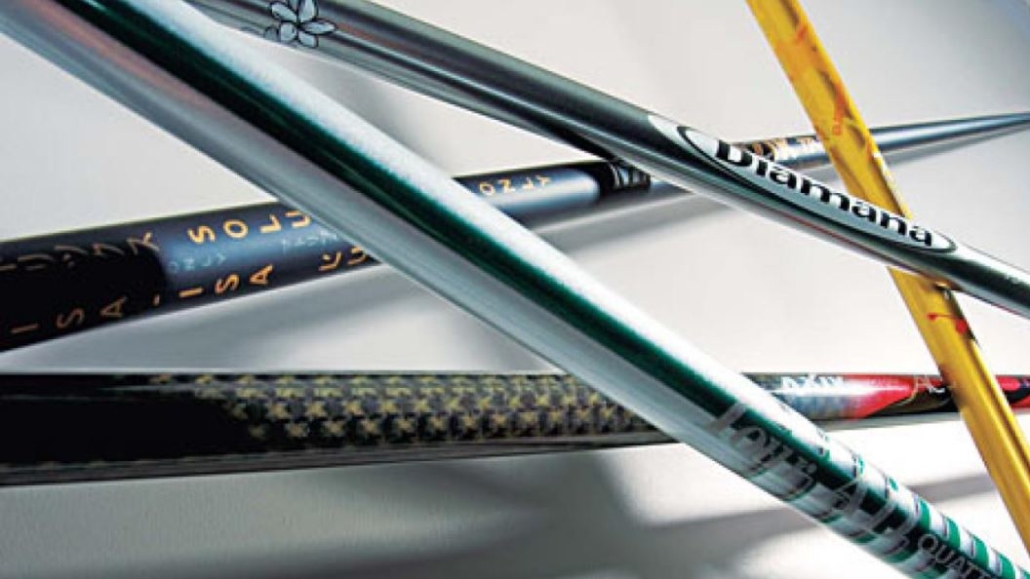
Modern golf drivers are packed with technology designed to maximize your distance and optimize your accuracy.
However, applying the incorrect loft or shaft to these clubs limits the performance of the technology. In this post, I look at the 35 vs 40 vs 45g driver shaft.
My aim is to identify the best shaft weight for slower swing speeds. Like the flexibility of a shaft, weight impacts the spin of your ball and launch. Lighter shafts produce increased spin and typically launch higher than a heavier shaft.
Intro To Your Experience Of Different Driver Shafts And Their Weights
I have swung light, medium, and heavy driver shafts throughout my golfing journey. I started with a medium flex, and at one point, I was swinging a 70-gram extra stiff shaft. That was ridiculous. When it came off, the shots were phenomenal. However, the misses were horrendous, prompting consistent slices.
Nowadays, I play with a 65-gram regular shaft. It offers the launch, spin, and consistency I need off the tee. Lighter is better overall because it is easier to launch your drives. These shafts prompt added spin, which encourages higher shots. It is beneficial for the average golfer who struggles to consistently get their ball in the air off the tee.
35 Gram Shafts And Who They Are For
35-gram shafts are built for golfers searching for a high launch and mid-level spin. These features combine to deliver optimal carry distance and roll for ample yardage. High handicappers and seniors stand to benefit from these features.
40 Gram Shafts And Who They Are For
40-gram shafts suit moderate to slow swingers seeking a mid to high launch and less spin. That leads to a consistent flight and improved roll for optimal total distance. These shafts reduce the risk of ballooning your tee shots due to excess spin.
45 Gram Shafts And Who They Are For
If you prefer a medium to high launch with medium spin, then the 45-gram shaft seems appealing. It best suits fast and moderate swingers who wish to maximize their carry potential. Even Brandt Snedeker employed a 45-gram shaft in 2013.
Pros and Cons of Lighter driver shafts
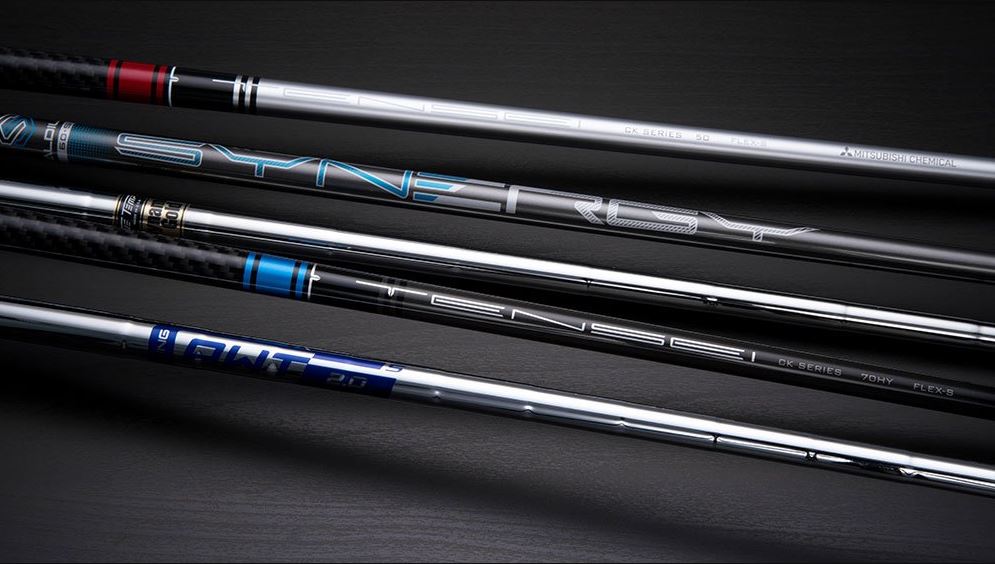
Pros
Launch
Lighter driver shafts are easier to launch. They produce increased spin and swing speed. Therefore, you enjoy improved carry distance and launch.
Clubhead Speed
Swinging a lighter driver shaft helps slower swingers increase their speed, which enables you to optimize power on your downswing. Maximum clubhead speed improves your chances of achieving a high coefficient of restitution (COR) to promote optimal ball speed.
However, you need to strike the ball in the sweet spot and perfect your tempo and rhythm to successfully execute.
Carry Distance
Launching your ball high and long helps you generate ample carry distance, resulting in consistency off the tee.
Slower Swingers
These shafts are ideal for slower swingers who struggle to consistently smash their lower lofted driver.
Cons
High Spin
The lighter construction of these shafts prompts increased spin to help you launch your ball high. However, that causes problems for some golfers who may balloon their shots by generating excess spin.
Loss Of Distance
As a result of ballooned shots, players will lose yards as the ball travels up along a steep trajectory before descending rapidly and stopping dead. Therefore your roll and total distance are shattered.
Reduced Stability
A lighter shaft also reduces the stability of the clubhead. Added flex may cause your clubhead to open or close at impact, leading to a slice or hook.
How Does Swing Speed Effect Your Driver Shaft Weight Choice
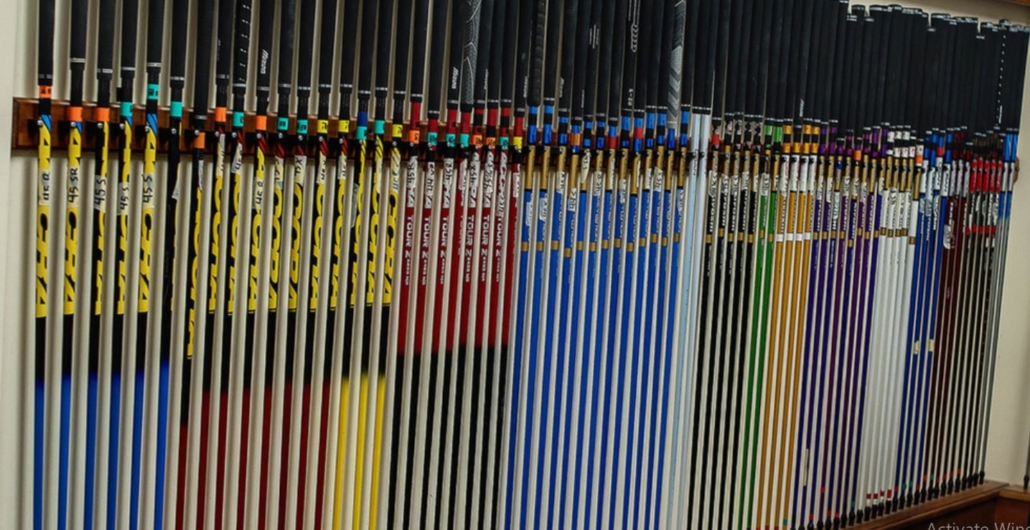
The speed of your swing impacts how fast your clubhead travels and the launch and flight of your ball. If your driver shaft is too heavy for your swing, you will produce low flying shots with a loss of distance.
Conversely, a light shaft produces increased spin prompting a high flying drive. If your ball flies too high with excess spin, you also lose distance.
The weight of your shaft also impacts the direction of your shot. In my case, a heavy shaft caused me to leave the clubface open leading to a slice or push. Conversely, lighter shafts often lead to me closing the clubface at impact and hooking my drive.
Are There Any Other Reasons Besides Swing Speed To Choose A Driver Shaft Weight
Yes. You should choose based on feel, COR, distance, and accuracy. There is no point in selecting a shaft solely because it matches your swing speed. If you are slicing every shot and losing yards, consider other options.
Table For Swing Speed Vs Driver Weight
Swing Speed |
Driver Weight |
105 mph > (Super Fast) |
70g + |
97 – 104 mph (Fast) |
50g + |
84 – 96 mph (Moderate) |
40g + |
83 < |
32g + |
Our Favorite 35g Driver Shafts
MCA Grand Bassara
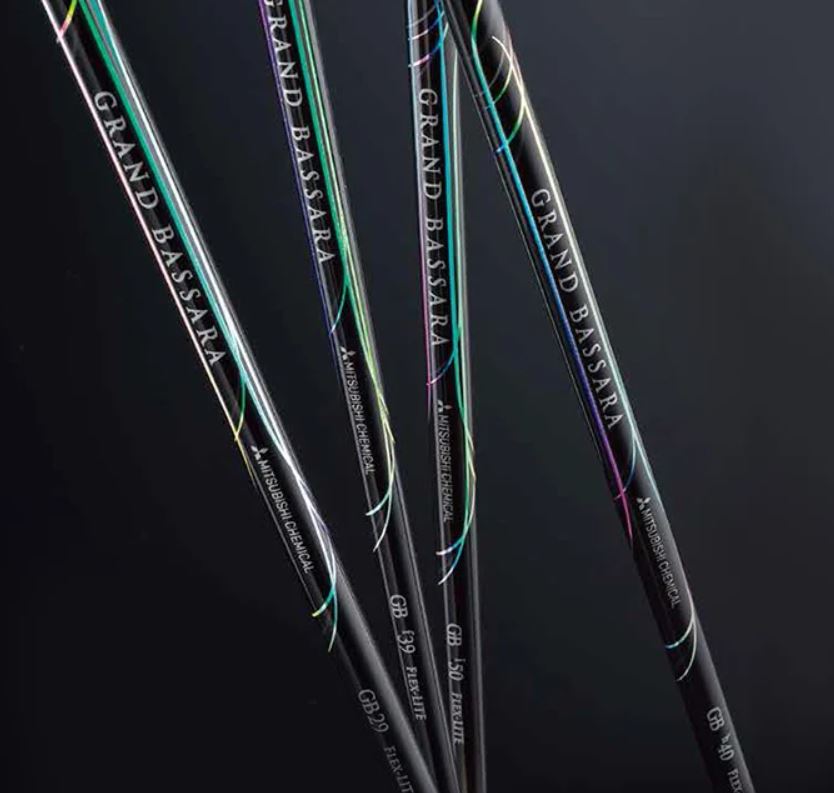
Pros
- Produces a high launch
- Ramps up your clubhead speed
- Optimizes carry distance
- Moderate spin
Cons
- The lightweight construction may cause some golfers to balloon their tee shots and lose distance.
- It is difficult to find these shafts online, and you need to talk to your local club fitter or pro shop.
The MCA Grand Bassara 29 is strong, stable, and feels soft at impact. It features a mid-low kick point and is 46-inches long. This shaft produces a high launch with mid spin to optimize your carry distance and produce a fair roll upon landing.
As a result, it produces consistent carry and roll for increased distance for slow swingers. In addition, it is easy to launch and suits moderate to slow swingers seeking the comfort of a higher launch.
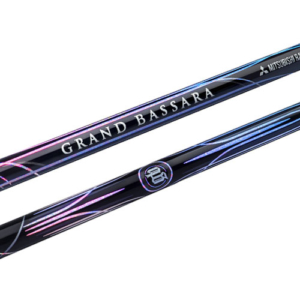
Check Out More Reviews Here:
Our Favorite 40g Driver Shafts
KBS TD
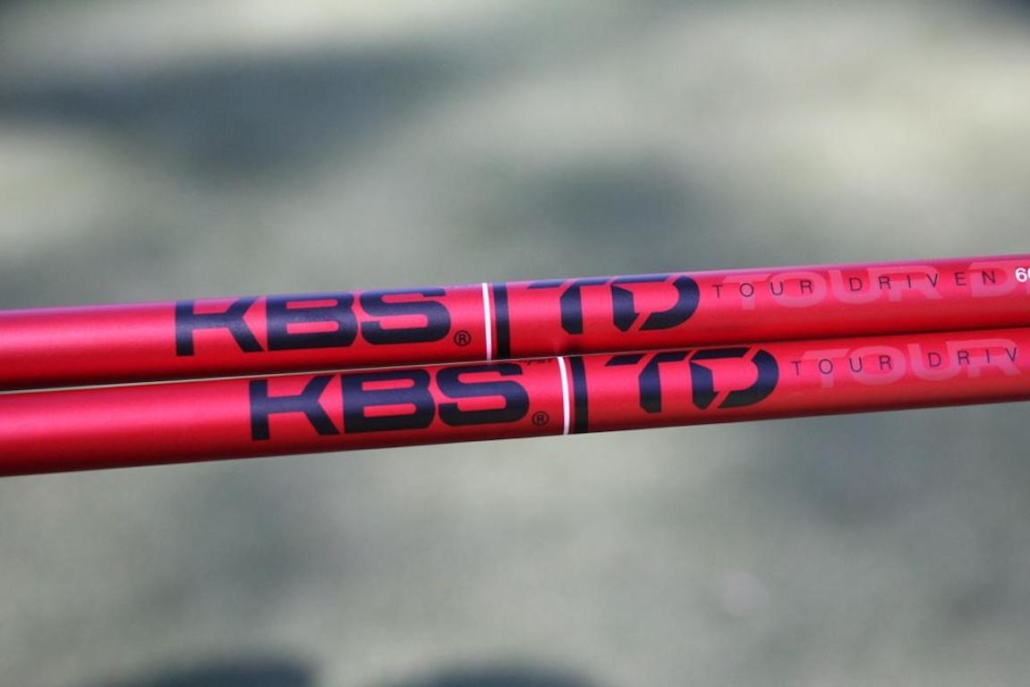
Pros
- Mid to high launch
- Reduced ball spin
- Tighter flight
- Optimizes distance
- Limits the risk of ballooning your drive
Cons
- Expensive
- It is still too light for faster swing speeds and may lead to skied drives.
The KBS TD 40-gram shaft is built for moderate to slow swing speeds that seek a mid to high launch and lower ball spin. This low spin graphite driver shaft prompts tighter ball flight and maximum stability during your swing.
While consistent in their performance, these durable driver shafts cost a premium. However, mid to high ball flight and low spin increase your carry distance and encourages roll. As a result, you enjoy maximum distance off the tee.
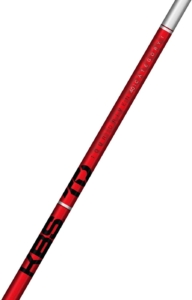
Check Out More Reviews Here:
Our Favorite 45g Driver Shafts
Alpha Platinum Graphite Wood
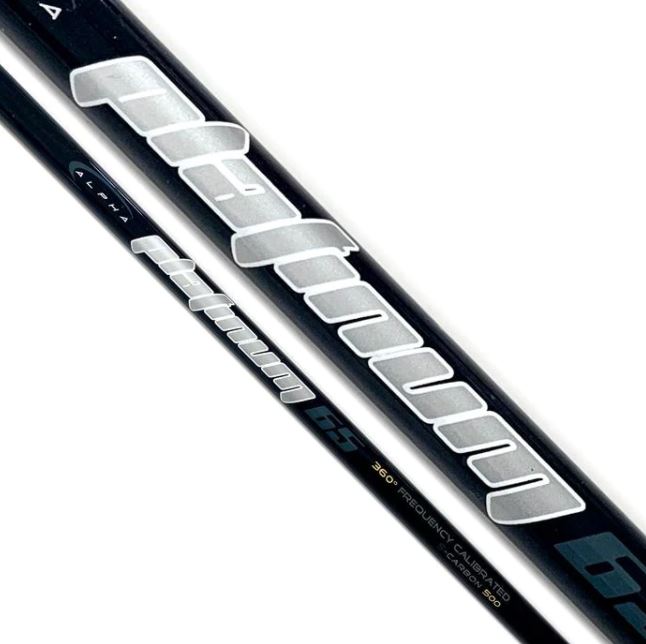
Pros
- Affordable
- Prompts a mid to high launch
- Moderate spin
- Encourages superb carry distance
- Suits every swing speed
Cons
- Certain players may generate excess spin and send the ball to the clouds, losing carry distance.
The carbon Alpha Platinum Wood Shaft caters to fast, moderate, and slow swing speeds seeking a higher launch with medium spin. A durable carbon construction ensures stability during your swing to limit the risk of your clubface twisting.
In addition, it prompts a moderate degree of spin to ensure your ball goes airborne. However, it does not oversupply spin for optimal carry distance and roll.
The affordable Alpha Platinum Wood Shaft is well suited to a range of casual golfers on a budget. More importantly, they help you produce a consistent launch and carry distance.
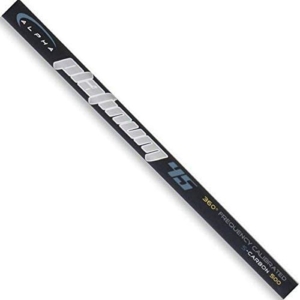
Check Out More Reviews Here:
Conclusion
Although lighter shafts benefit slower swingers the most, they ultimately work for all golfers. It depends on what launch and flight you seek. If you prefer a high-flying shot with moderate to low spin, then a 45 gram is your ticket to distance.
Contrarily, a 35 gram works for slower and moderate swing speed searching for a high flying ball and medium spin. Finally, a 40-gram design helps moderate and slow swingers achieve a mid to high launch with a low spin.
If you are a moderate to slow swinger after a high launching driver with medium spin, look at the MCA Grand Bassara. Alternatively, moderate and slow swingers looking for medium flight may prefer the KBS TD. Lastly, for a mid-launch and moderate to low spin, the Alpha Platinum Graphite Shaft awaits.




